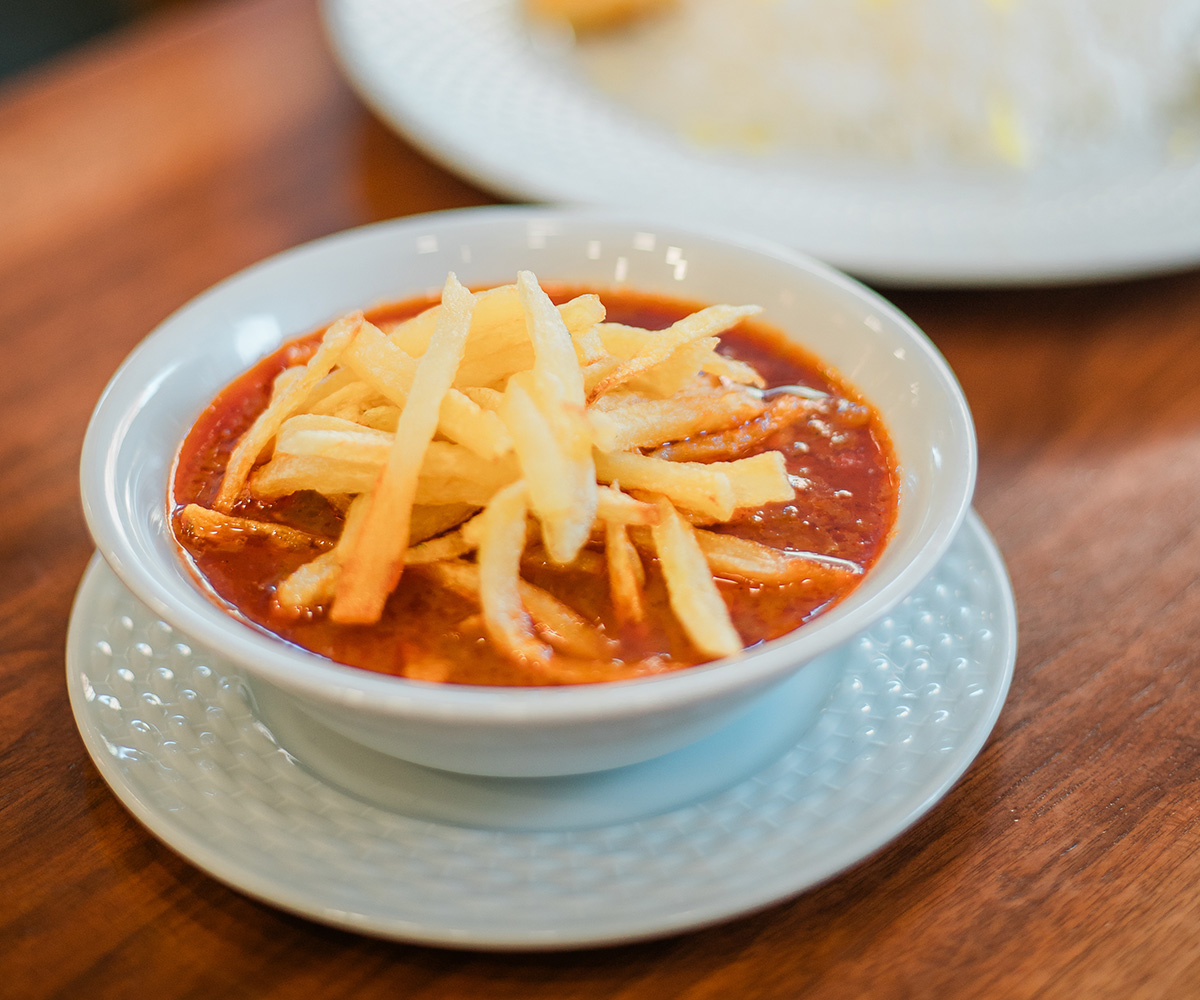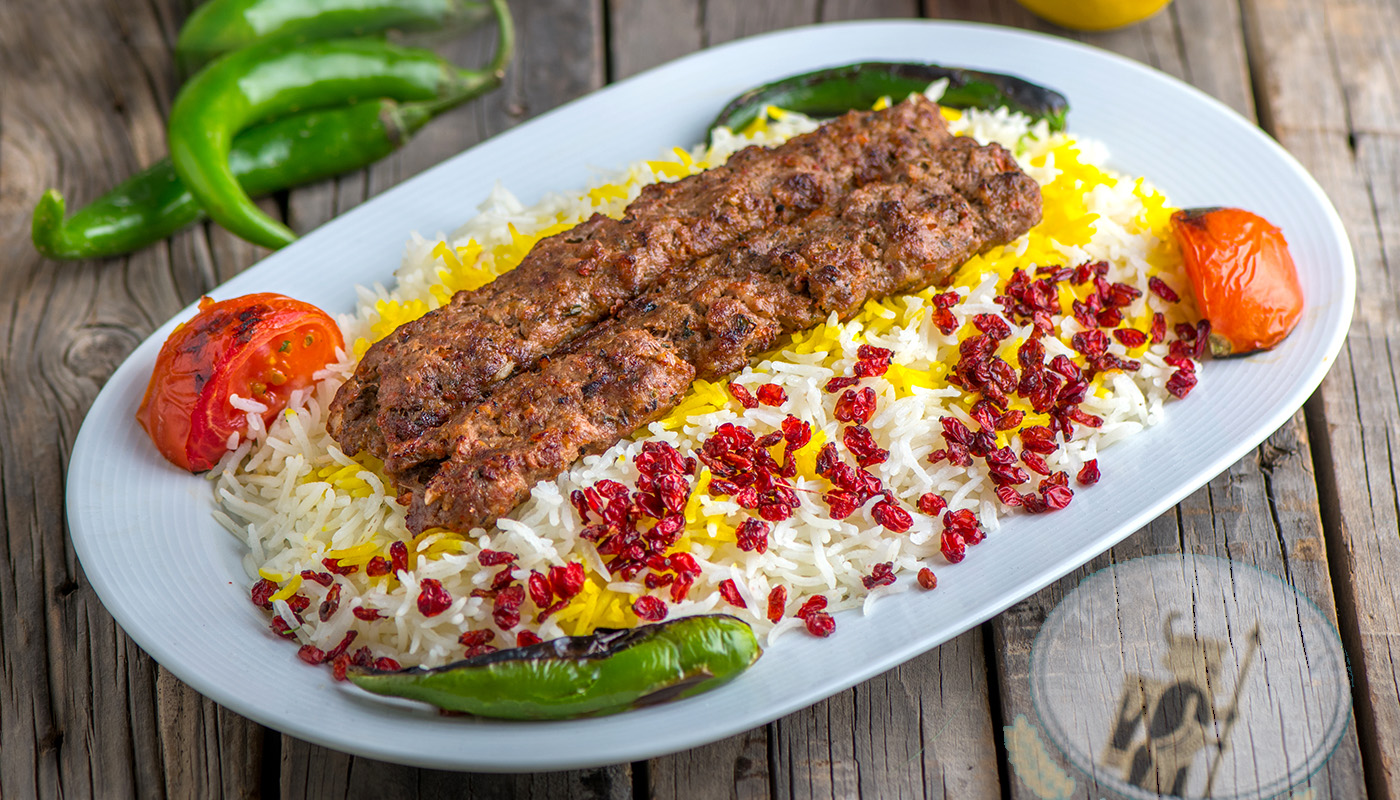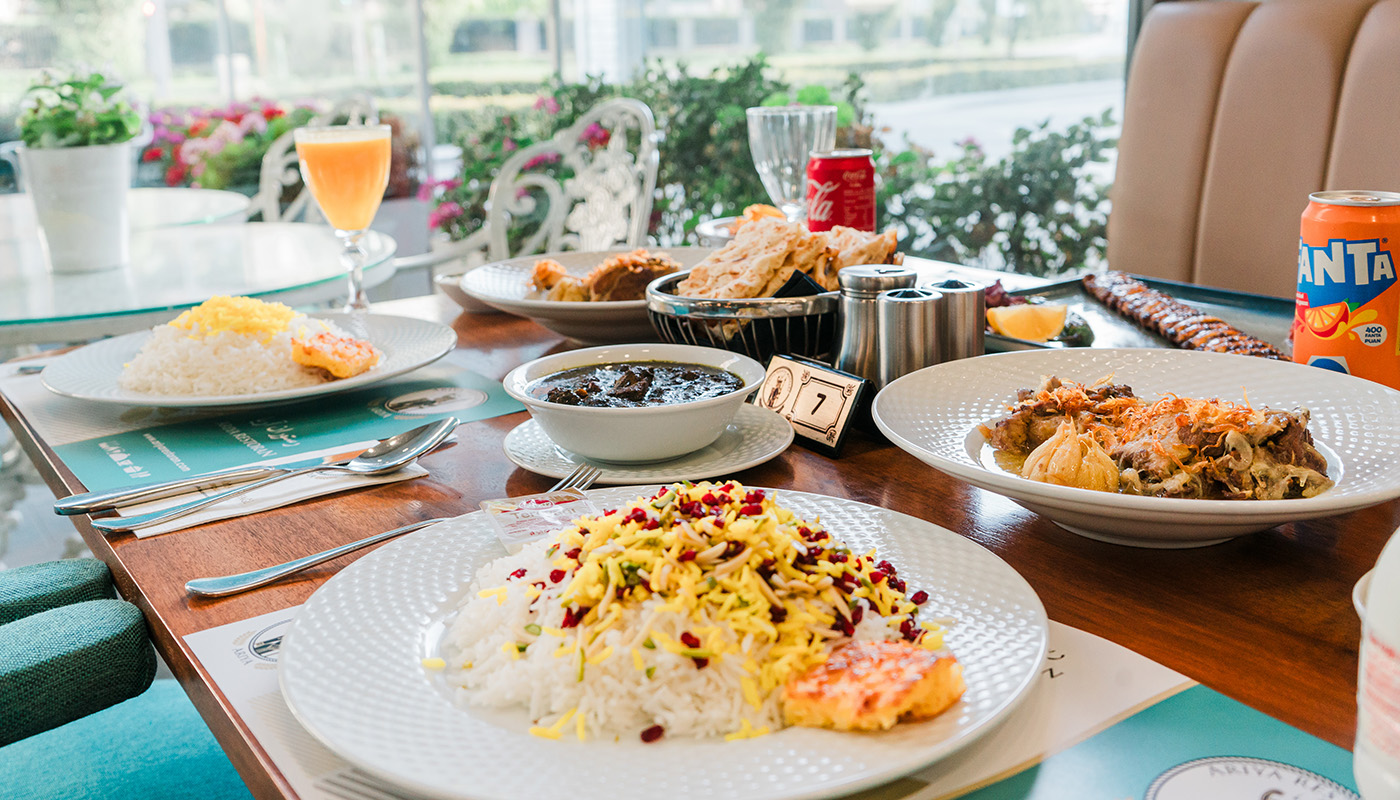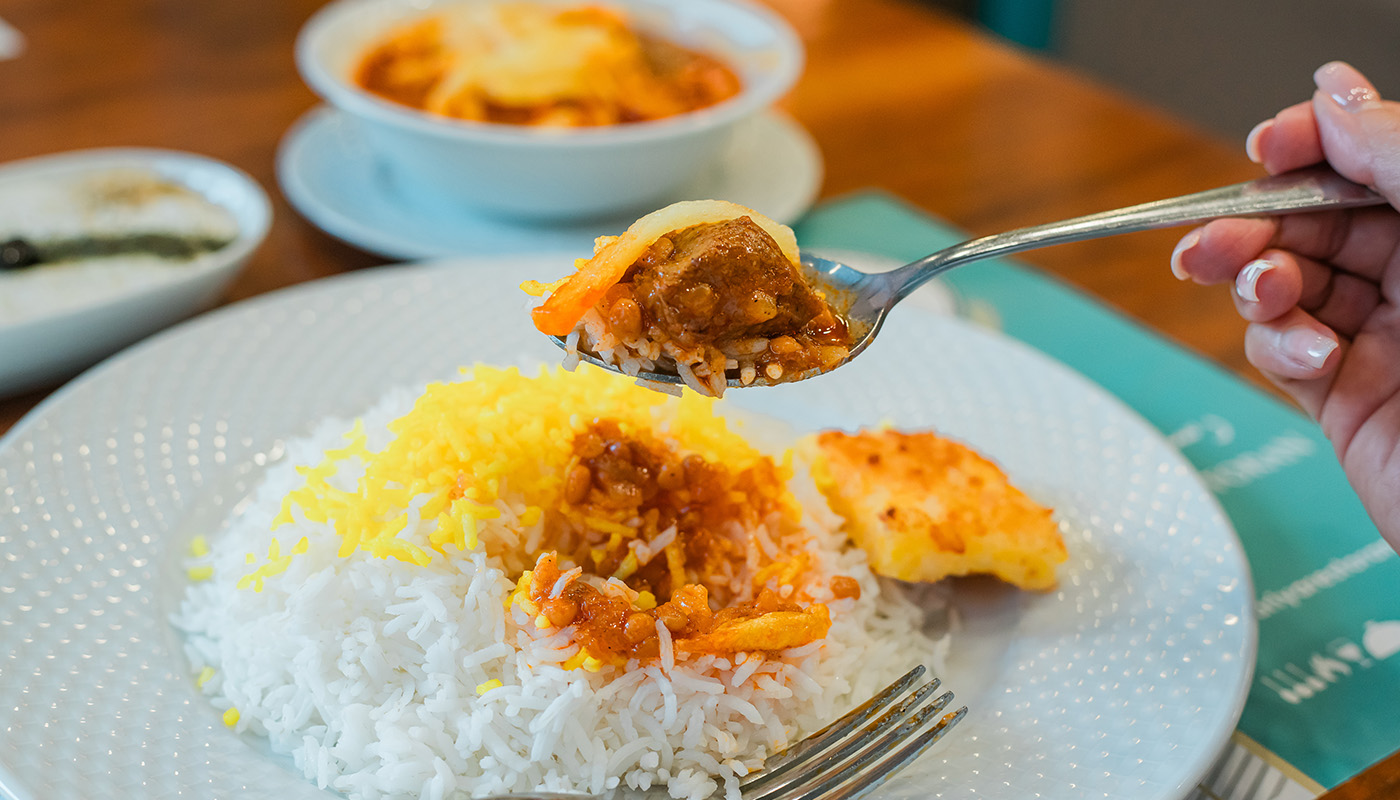Introduction to Persian Cuisine Dishes
Persian cuisine is a treasure trove of flavors, aromas, and culinary traditions that date back thousands of years. Among the vast array of Persian cuisine dishes, one dish stands out for its rich taste, cultural significance, and comforting appeal: Gheimeh Stew. This traditional Iranian dish is not just a meal but a celebration of Persian heritage, offering a sensory journey through the heart of Iran's culinary history. In this article, we delve into the intricacies of Gheimeh Stew, exploring its ingredients, preparation methods, and the cultural importance it holds in Persian households.
The Cultural Significance of Gheimeh Stew
Gheimeh Stew, known as "Gheimeh" or "Qeimeh," is more than just a dish; it is a symbol of Persian hospitality and tradition. This stew is often served during special occasions, family gatherings, and religious ceremonies, making it an integral part of Persian cuisine. The preparation of Gheimeh Stew is a ritual in itself, with each step carefully executed to preserve the authentic flavors that have been passed down through generations.
Historical Roots of Gheimeh Stew
The origins of Gheimeh Stew can be traced back to ancient Persia, where it was prepared using locally sourced ingredients and traditional cooking methods. Over the centuries, the recipe has evolved, incorporating influences from various regions within Iran. Despite these changes, the core elements of Gheimeh Stew have remained intact, preserving its status as one of the most cherished Persian cuisine dishes.
Ingredients That Define Gheimeh Stew
The rich and complex flavors of Gheimeh Stew are derived from a carefully selected combination of ingredients. Each component plays a crucial role in achieving the perfect balance of taste and texture that defines this classic Persian dish.
1. Split Peas (Lapeh)
Split peas are the heart of Gheimeh Stew, providing both texture and a subtle sweetness that complements the other ingredients. These peas are simmered until tender, absorbing the flavors of the stew and adding a creamy consistency that is characteristic of Gheimeh.
2. Lamb or Beef
Traditionally, Gheimeh Stew is made with lamb or beef, which is slow-cooked to perfection. The meat is typically cut into small cubes and browned before being added to the stew, ensuring that it retains its juiciness and enhances the overall flavor of the dish.
3. Dried Lime (Limoo Amani)
Dried lime is a signature ingredient in many Persian cuisine dishes, and Gheimeh Stew is no exception. These dried limes impart a tangy, slightly bitter flavor that contrasts beautifully with the richness of the meat and split peas. The limes are pierced before being added to the stew, allowing their unique flavor to infuse the dish as it simmers.
4. Tomato Paste
Tomato paste is used to give Gheimeh Stew its deep red color and a hint of acidity that balances the other flavors. The paste is sautéed with onions and spices before being incorporated into the stew, adding depth and richness to the dish.
5. Spices
The spice blend used in Gheimeh Stew is what sets it apart from other stews. A mixture of turmeric, cinnamon, and saffron is commonly used, with each spice contributing its own distinct aroma and flavor. These spices not only enhance the taste of the stew but also reflect the essence of Persian cuisine dishes.
6. Potatoes
In some variations of Gheimeh Stew, potatoes are added towards the end of the cooking process. These potatoes, often cut into matchstick-sized pieces and fried, are placed on top of the stew before serving. They add a delightful crunch and an additional layer of texture to the dish.
Preparation of Gheimeh Stew: A Step-by-Step Guide
Making Gheimeh Stew is an art that requires patience and attention to detail. The process involves several steps, each crucial to achieving the authentic taste that defines this beloved Persian dish.
1. Browning the Meat
The first step in preparing Gheimeh Stew is to brown the meat. This is done by sautéing the cubed lamb or beef in a mixture of oil and finely chopped onions until the meat is seared on all sides. This step is essential for locking in the juices and creating a rich base for the stew.
2. Adding the Tomato Paste and Spices
Once the meat is browned, tomato paste is added to the pot along with a blend of spices. The paste and spices are sautéed together until they release their aromas, forming the foundation of the stew's flavor.
3. Incorporating the Split Peas and Dried Limes
Next, the split peas and pierced dried limes are added to the pot, followed by enough water to cover the ingredients. The stew is then brought to a boil before being reduced to a simmer, allowing the flavors to meld together as the ingredients cook slowly.
4. Simmering to Perfection
Gheimeh Stew is typically simmered for several hours, during which time the meat becomes tender, and the split peas absorb the flavors of the stew. The dried limes infuse the dish with their tangy essence, while the spices create a warm and aromatic broth.
5. Adding the Potatoes
If potatoes are being used, they are fried separately and added to the stew just before serving. This ensures that they retain their crispiness, providing a satisfying contrast to the soft and tender components of the stew.

Serving Gheimeh Stew: A Persian Tradition
Gheimeh Stew is traditionally served with Persian rice, known as "Chelo." The combination of the aromatic stew and fluffy, saffron-infused rice is a match made in culinary heaven. The stew is typically garnished with fried potatoes or crispy onions, adding both visual appeal and an extra layer of flavor.
Accompaniments and Side Dishes
To complete the meal, Gheimeh Stew is often accompanied by a selection of traditional Persian side dishes. These may include fresh herbs, yogurt, and various pickles, which provide a refreshing contrast to the rich flavors of the stew. A side of flatbread, such as "Lavash" or "Sangak," is also commonly served, allowing diners to soak up the flavorful broth.
The Modern Appeal of Gheimeh Stew
While Gheimeh Stew is steeped in tradition, it has also found a place in modern Persian cuisine. Many contemporary chefs have reimagined this classic dish, experimenting with new ingredients and techniques while staying true to its roots. This adaptability has ensured that Gheimeh Stew remains a favorite among both young and old, continuing to be a staple of Persian cuisine dishes.
Gheimeh Stew Around the World
As Persian cuisine gains popularity globally, Gheimeh Stew has made its way onto the menus of Persian restaurants around the world. Its unique flavor profile and cultural significance have made it a favorite among food enthusiasts, who appreciate the depth of flavor and the story behind each bite.
Embrace Persian Heritage with Gheimeh Stew
Gheimeh Stew is more than just a dish; it is a celebration of Persian heritage and a testament to the rich culinary traditions of Iran. Whether enjoyed in a traditional setting or a modern twist, this stew embodies the essence of Persian cuisine dishes. By preparing and sharing Gheimeh Stew, we not only preserve a piece of history but also pass on a culinary legacy to future generations.






